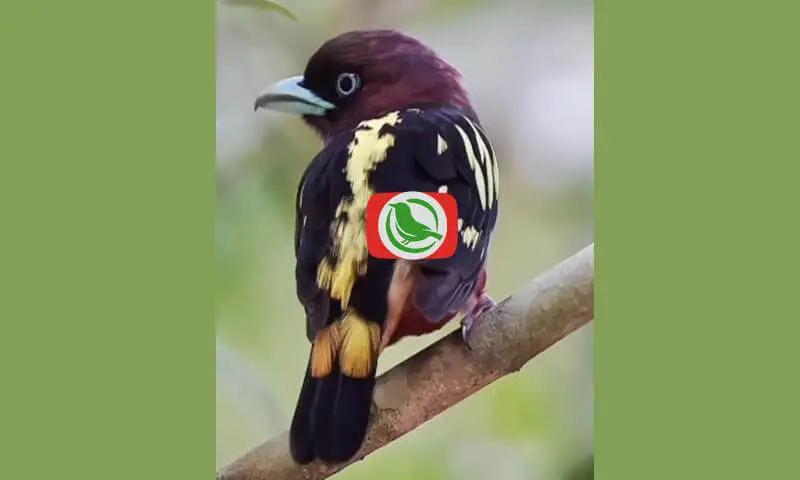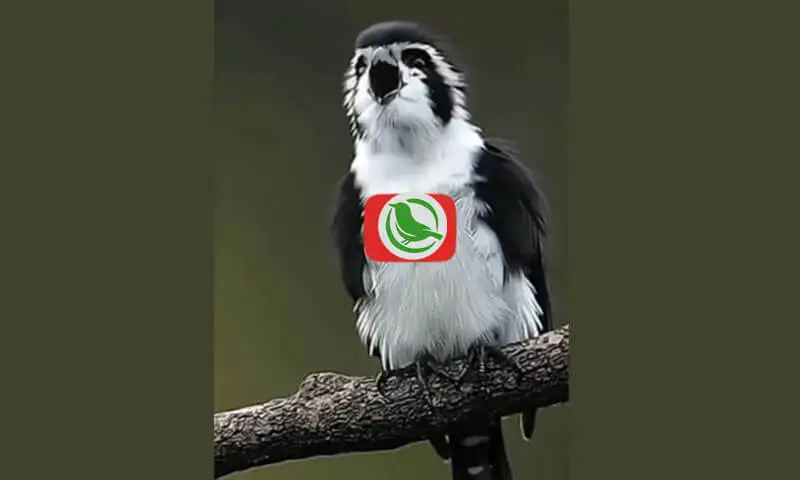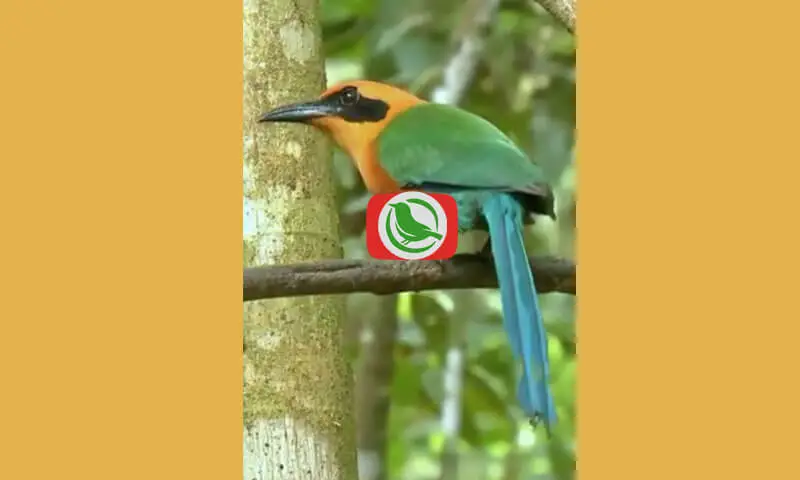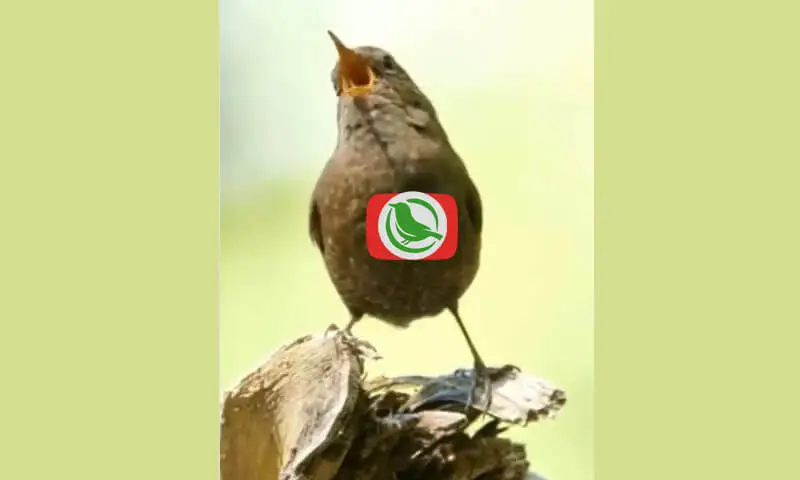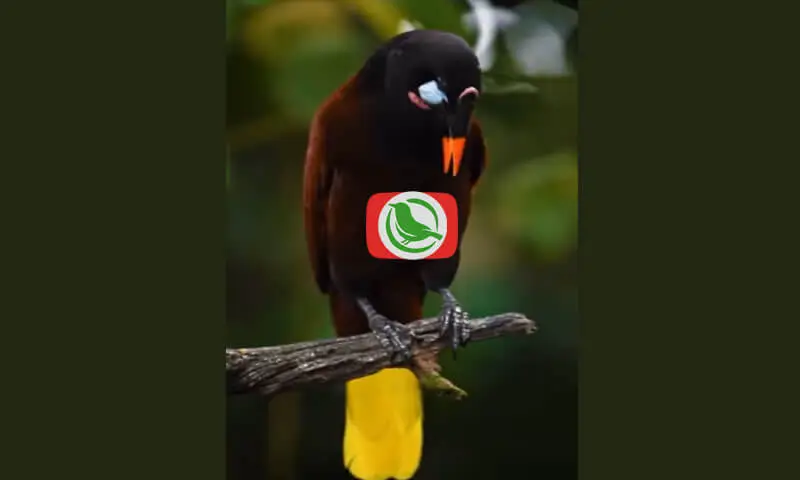The Banded Broadbill, scientifically known as Eurylaimus javanicus, is a unique and beautifully colored bird native to the tropical forests of Southeast Asia. This article explores the habitat, distribution, and ecological significance of the Banded Broadbill, providing insights into its behavior and conservation status.
Overview of the Banded Broadbill
The Banded Broadbill is easily identifiable by its striking coloration, which includes a mix of vibrant green, blue, and black feathers. This bird is a member of the broadbill family and is known for its distinctive broad bill that aids in its feeding habits.
Natural Habitat
Geographic Distribution
The Banded Broadbill is primarily found in:
- Indonesia: Particularly on the islands of Java and Sumatra.
- Malaysia: In the rainforests of the Malay Peninsula.
These birds thrive in humid tropical forests, where they can easily find food and nesting sites.
Preferred Habitats
- Lowland Rainforests: The Banded Broadbill prefers dense, lowland rainforests, which provide ample cover and food sources.
- Forest Edges: They are also commonly seen in forest edges and clearings where fruiting trees are abundant.
Diet and Feeding Habits
The diet of the Banded Broadbill consists predominantly of:
- Fruits: They primarily feed on a variety of fruits, particularly figs, which are a staple in their diet.
- Insects: In addition to fruits, they also consume insects, such as beetles and caterpillars, especially during the breeding season when protein is essential.
The Banded Broadbill uses its broad bill to grasp and crush fruits, making it adept at foraging in the trees.
Behavior and Social Structure
Social Behavior
Banded Broadbills are generally solitary or found in small groups. They are known for their unique behaviors, which include:
- Vocalizations: They produce a variety of calls that serve as communication tools, especially during mating season.
- Territorial Displays: Males are often seen performing displays to establish territory and attract females.
Nesting Practices
Nesting usually occurs during the wet season. The Banded Broadbill builds its nest in tree forks using:
- Plant Materials: Leaves, twigs, and other natural materials are woven together to create a secure nest.
- Camouflage: The nests are often camouflaged among the foliage to protect against predators.
Conservation Status
The Banded Broadbill is currently classified as Near Threatened due to habitat loss and deforestation in its native range. Key factors affecting its population include:
- Deforestation: Logging and land conversion for agriculture significantly impact their habitat.
- Illegal Pet Trade: There is a growing demand for exotic birds, which puts additional pressure on their populations.
Conservation Efforts
To protect the Banded Broadbill, several initiatives are being implemented:
- Protected Areas: Establishing national parks and wildlife reserves helps preserve critical habitats.
- Community Engagement: Local communities are encouraged to participate in conservation efforts through eco-tourism and sustainable practices.
Importance in Ecosystem
The Banded Broadbill plays a vital role in its ecosystem by:
- Seed Dispersal: As frugivores, they contribute to the dispersal of seeds, promoting forest regeneration.
- Insect Control: By feeding on insects, they help maintain a balance in the ecosystem.
Conclusion
The Banded Broadbill is not only a stunning bird but also a crucial component of its ecosystem. Understanding its habitat, diet, and conservation needs is essential for ensuring its survival. By supporting conservation efforts and protecting its natural habitat, we can contribute to the preservation of this remarkable species for future generations.
